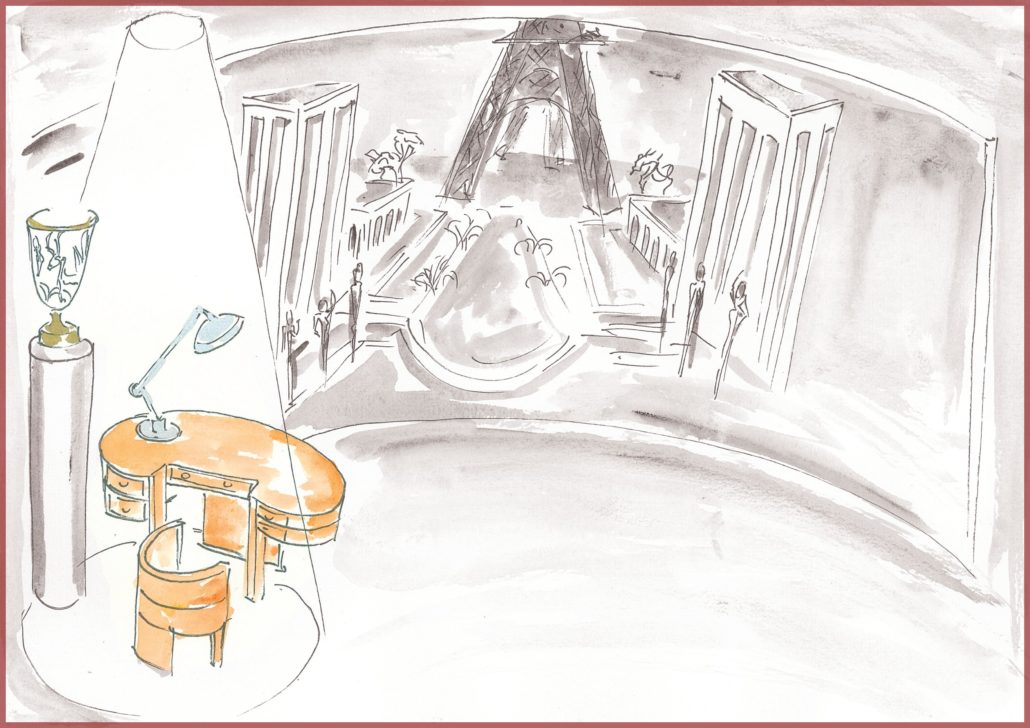Le Chic !
Decorative Arts and French Furniture from 1930 to 1960
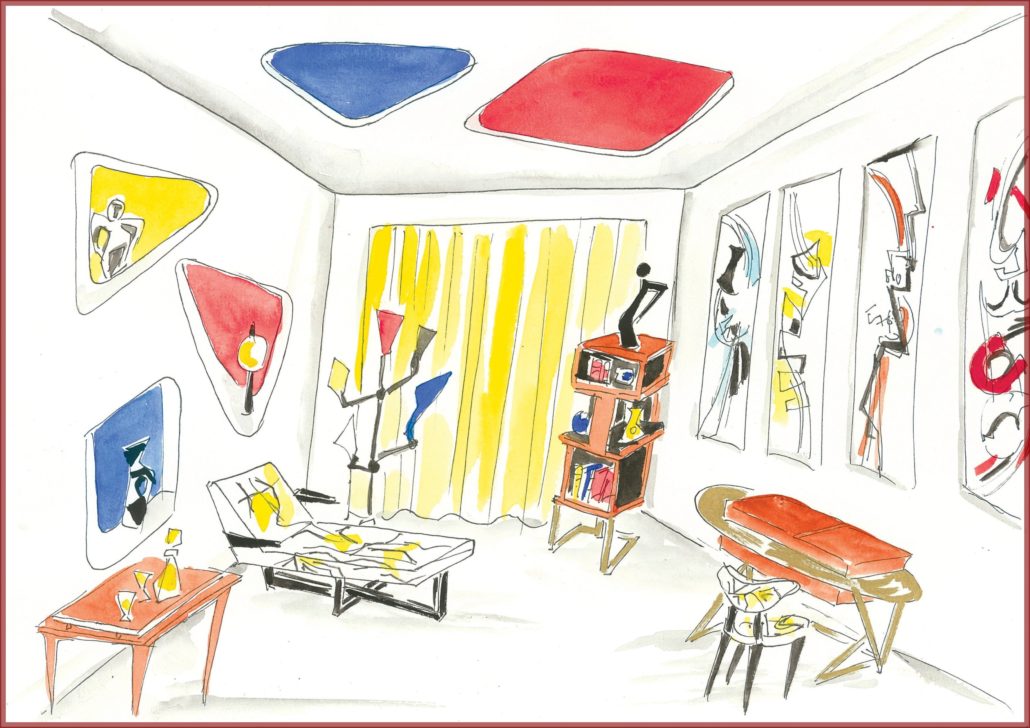
From 1930 to the end of the 1950s, most of the decorators who would make the history of these three decades of the 20th century were called upon to collaborate with the Mobilier national: André Arbus, Jules Leleu, Jean Pascaud, Etienne-Henri Martin, Marc du Plantier, Gilbert Poillerat or Raphael Raffel. The figure of the decorator then plays a capital role. A true designer, he designs decoration as a harmonious whole and orchestrates artistic crafts in the service of a global project.
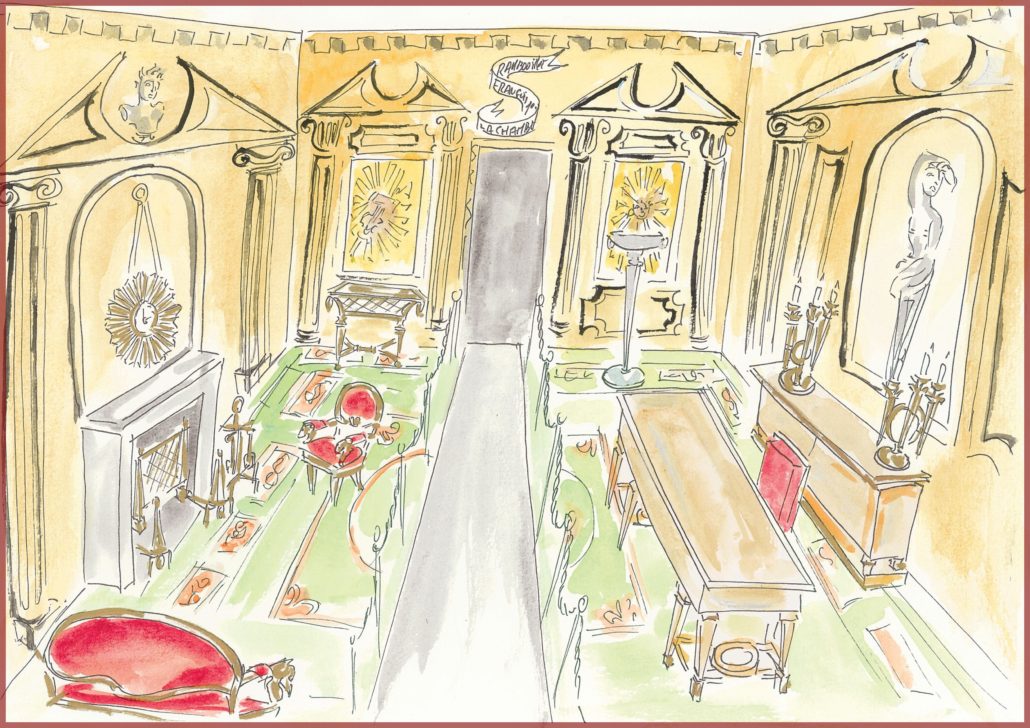
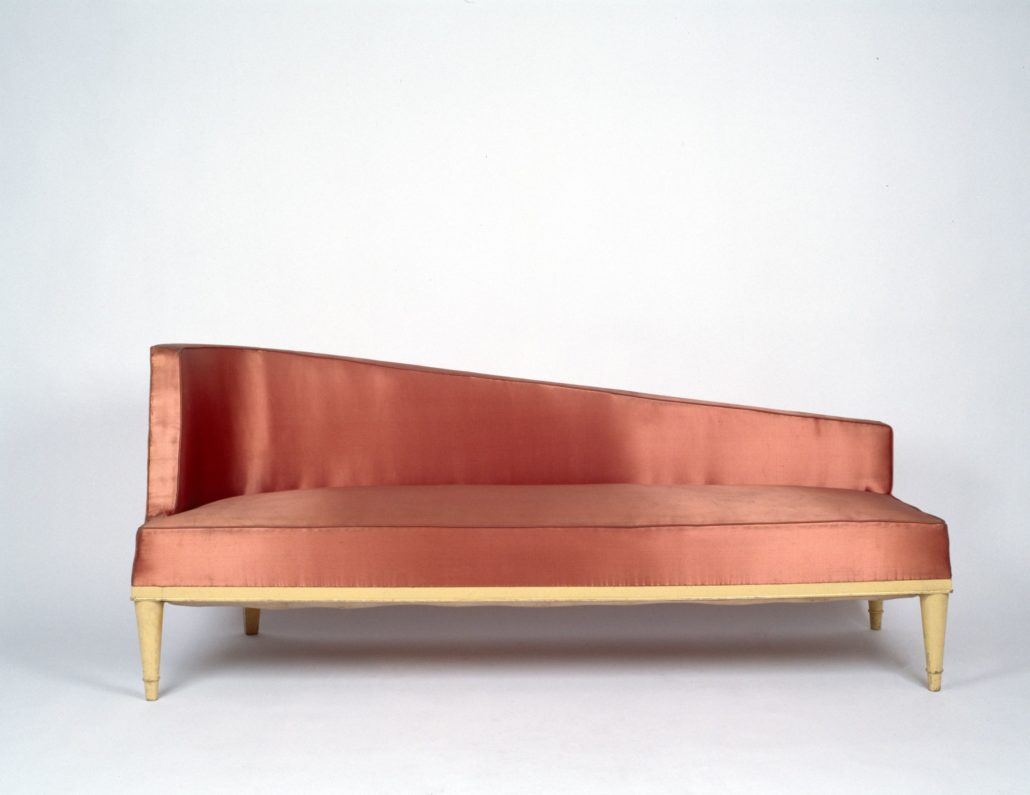
. The art of refinement is then based both on the preciousness of the materials (parchment, gilded bronze, crystal, lacquer …) and on the search for the line, up to the purity of the design. Of remarkable quality and diversity, the collection of the Mobilier national is the first in France for this period. Witness to Art Deco and research in the field of decorative arts during the 1940s and 1950s, this set includes both ceremonial furniture, heirs to a long tradition of luxury, and functionalist pieces that mark the transition towards contemporary design. Nearly 200 works that revive the essence of French “Chic”, revealing new collections, icons of modernity
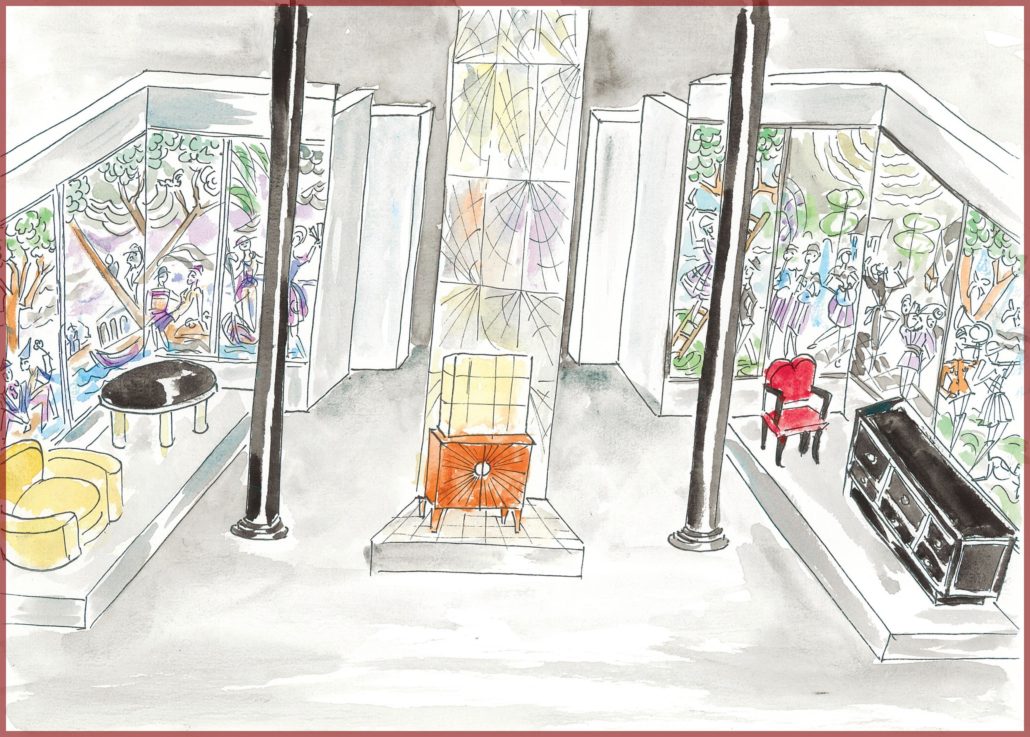
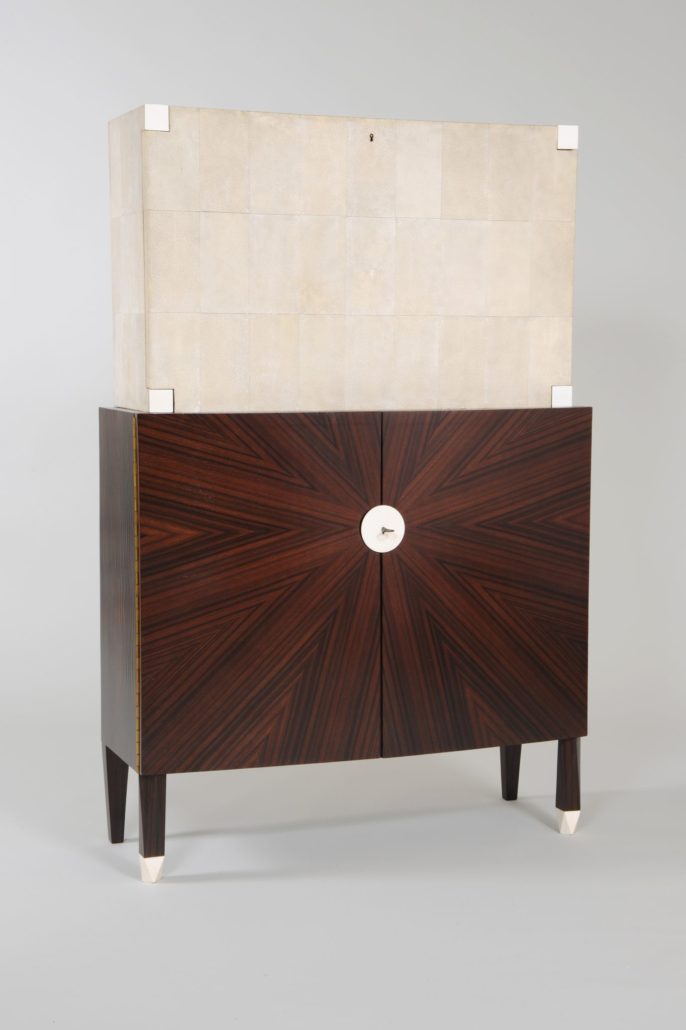
An exhibition which is also an opportunity to highlight the know-how of some fifty craftsmen and masters of art who contributed to the restoration of the exhibits, thus revealing these sets in a new light. The art of upholsterers, beavers, upholsterers, trimmers, seat carpenters and cabinetmakers will thus be illustrated through the restoration of remarkable furniture from the collections.
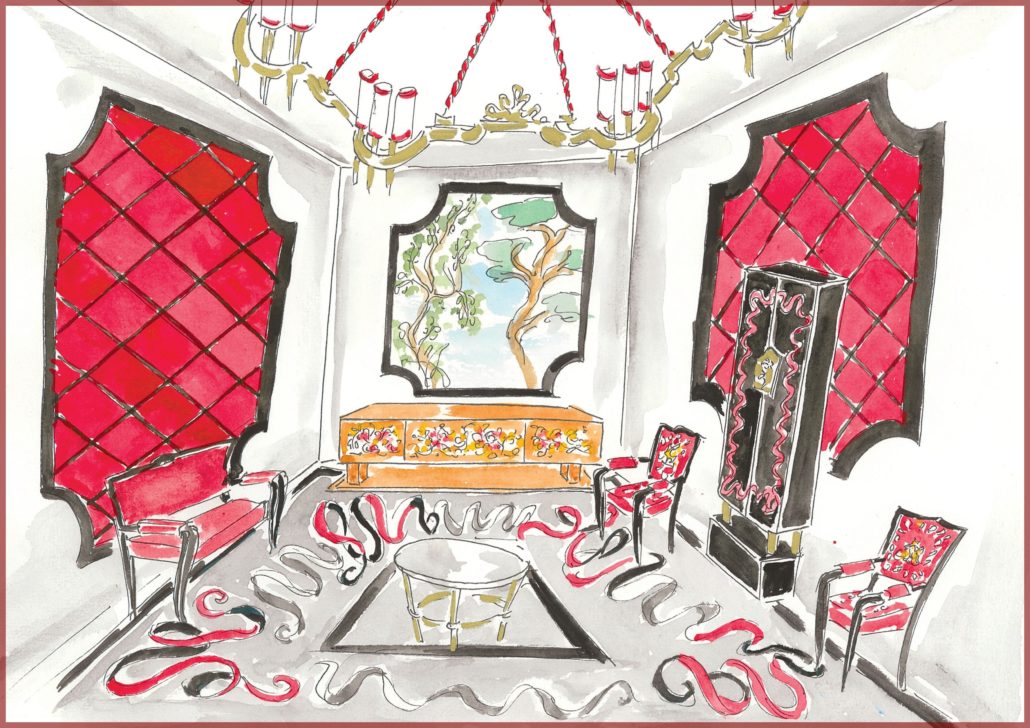
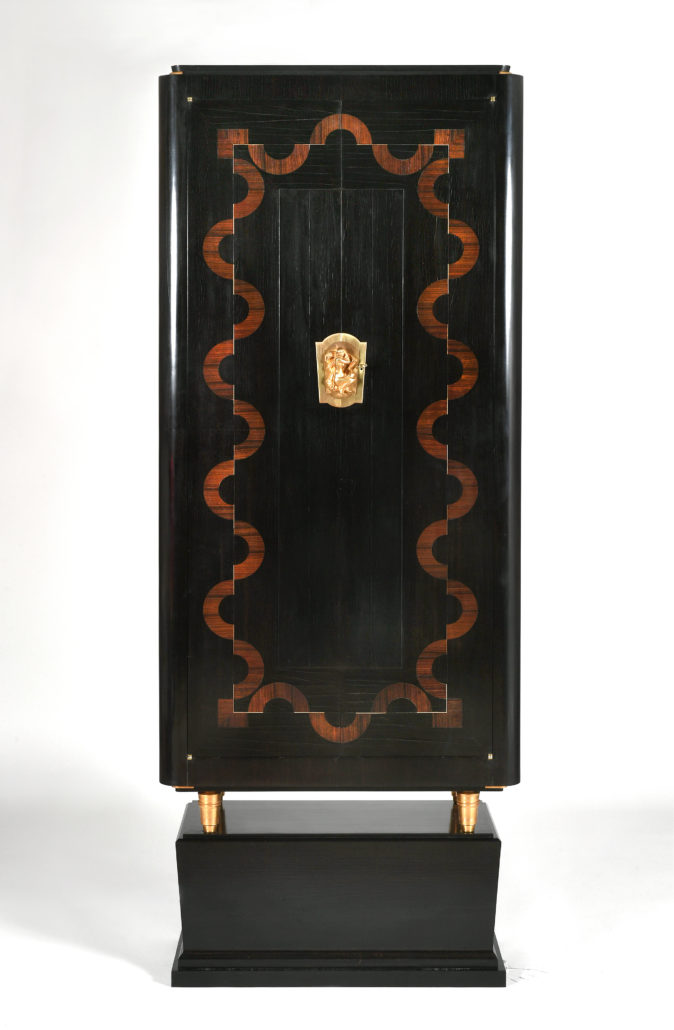
Through the scenography designed by Vincent Darré, the exhibition allows visitors to follow the development of the decorative arts over a very abundant period: the entry of art deco into the palaces of the Republic. Around 1935, the Mobilier national will acquire furniture of a new chic with simplified, more geometric shapes, stricter lines and even more sober decorations honoring both local and tropical wood species.
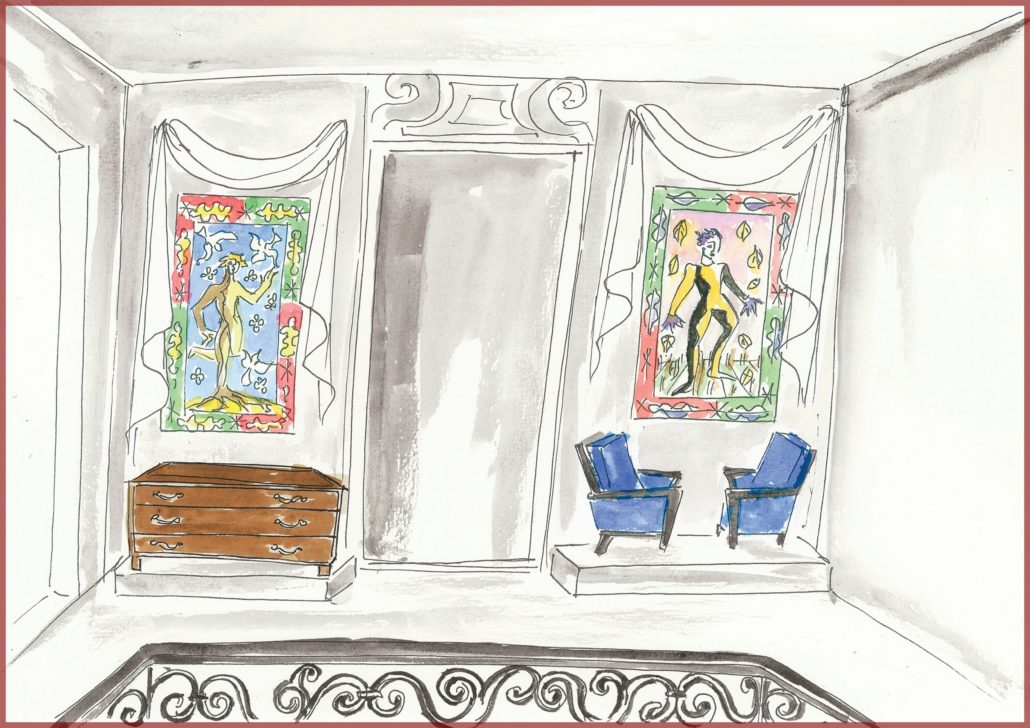
State orders are also an opportunity for decorators to design luxurious furniture that uses noble materials such as lacquer, shagreen or parchment. The gilded bronzes serving as ornaments regain a prominent place in the design of the decorations.

The emblematic places will benefit from major decorative projects, highlighting French know-how, conducive to the influence of the modernity of the country. In 1937, the seventh and last major Parisian exhibition bringing together forty-four nations was the opportunity for France to boast of the excellence of French fine arts but also to support its luxury industry by promoting, among other things, high -couture, jewelery and the art of decorators which occupy a predominant place. Present in several pavilions, the decorators worked together to illustrate both their own style and the aesthetic considerations of their time.
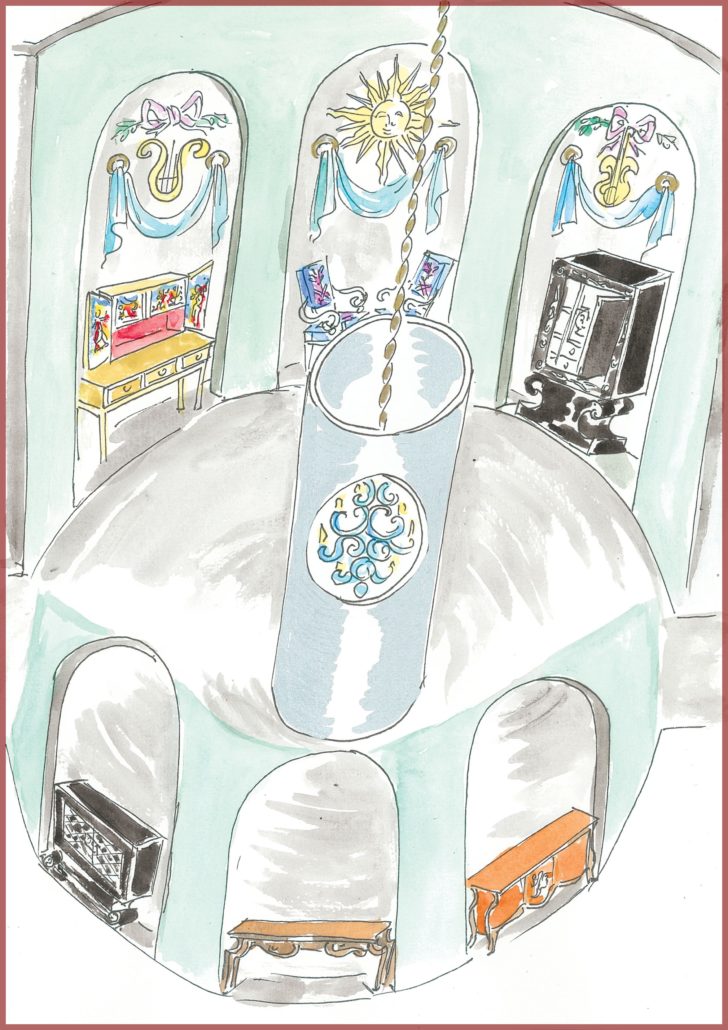
At the end of the war, several decorative artists were called upon to work on major construction sites. Initially, it was the Kinsky Hotel, rue Saint-Dominique, which was fitted out to accommodate the Directorate General of Arts and Letters, equivalent in our time to the Ministry of Culture. The Château de Rambouillet will also be the subject of a major restoration project. André Arbus will in particular orchestrate the decoration as a coherent whole where each object responds and complements each other in perfect harmony.
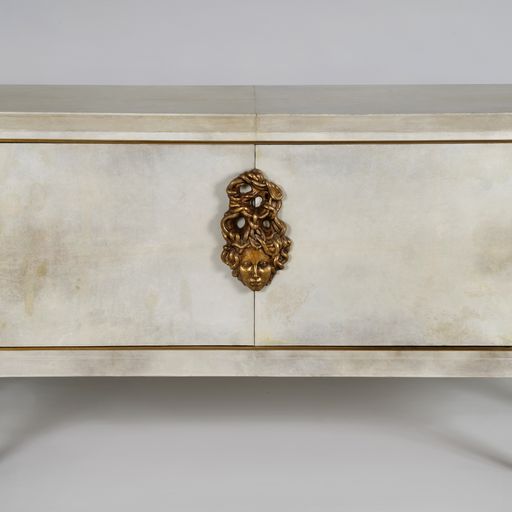
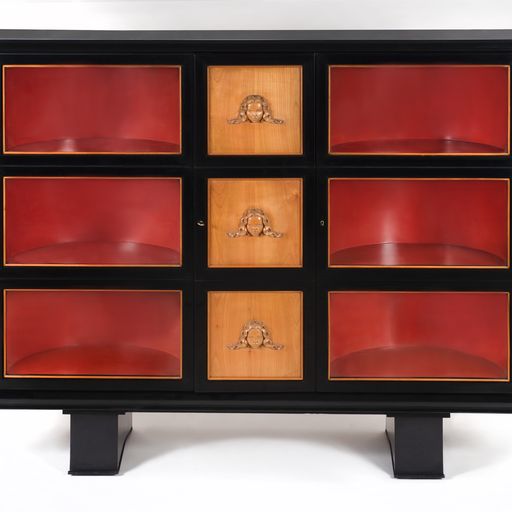
In 1947, the arrival of Vincent Auriol, a lover of art and contemporary decoration, as President of the Republic, marked a new page in the aesthetic history of the Elysée. After the domination of decorators in the 1940s, the 1950s saw the rise of resolutely autonomous and reusable works whatever the place or the circumstances. For a few more years, more traditional and luxurious creations will rub shoulders with the rise in power of furniture purchases favoring greater simplicity of line and materials. If the sets are not totally abandoned, they adapt to changes in lifestyles.

